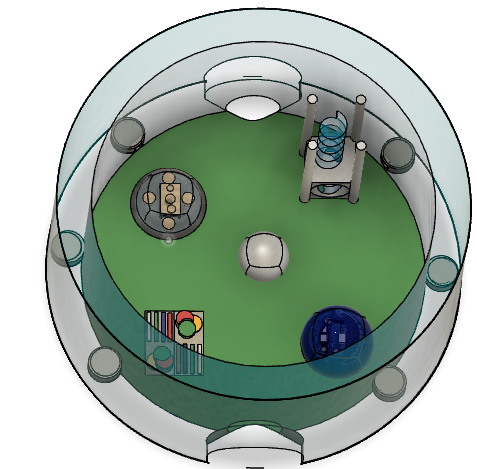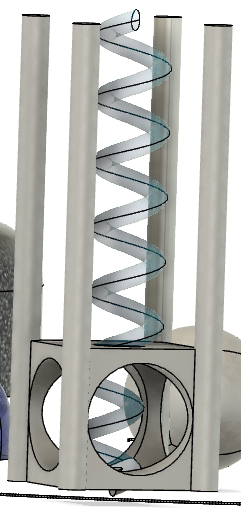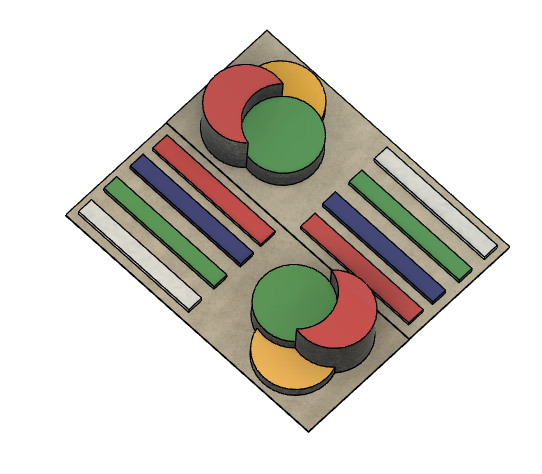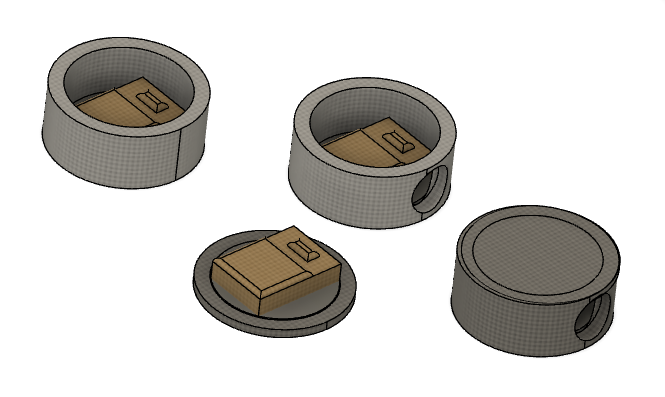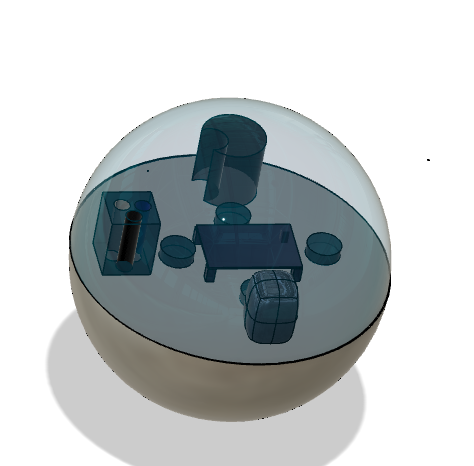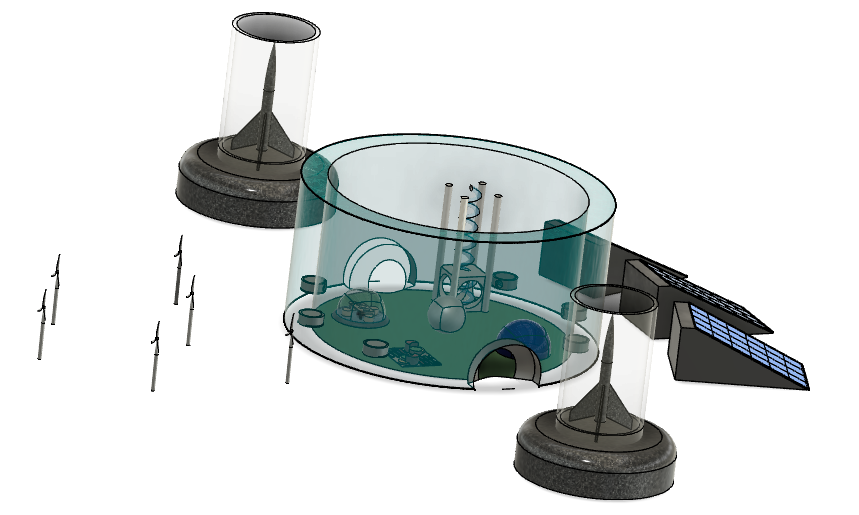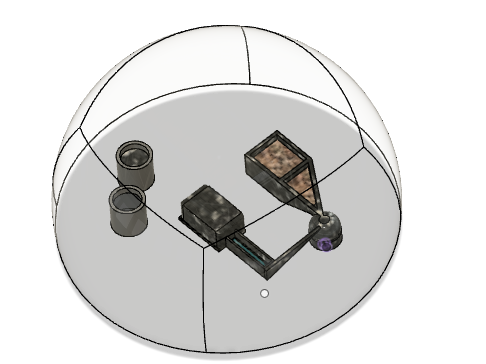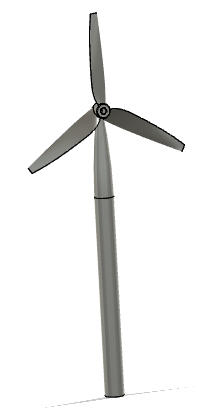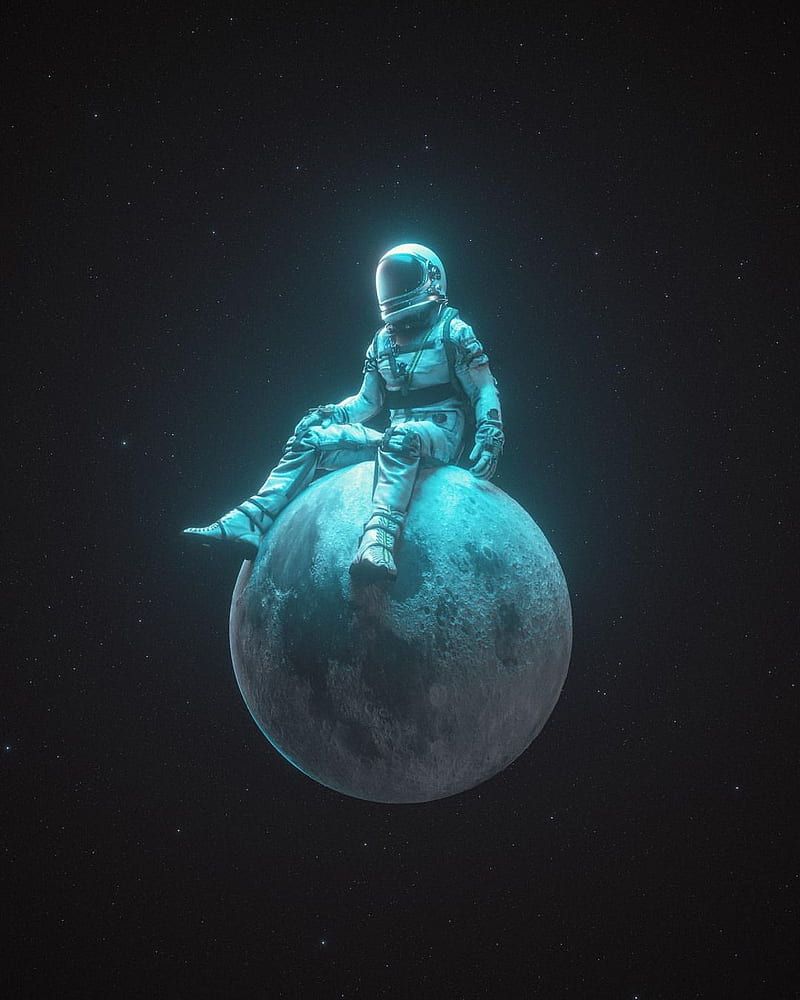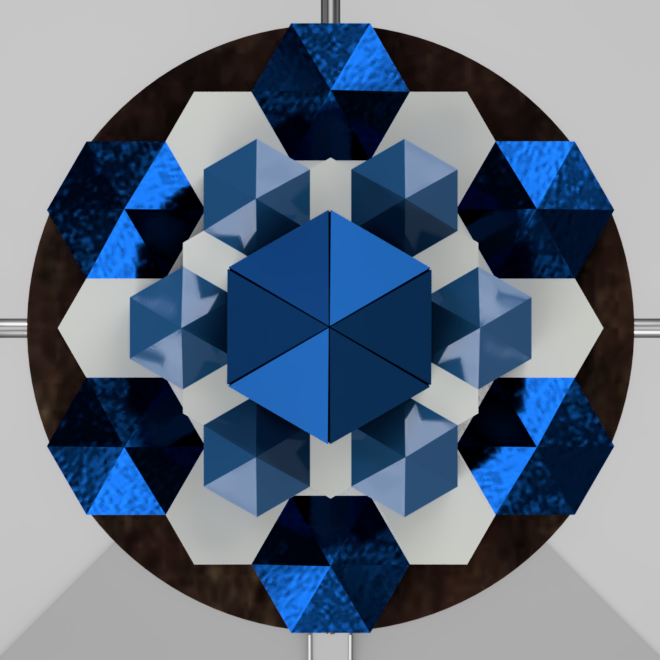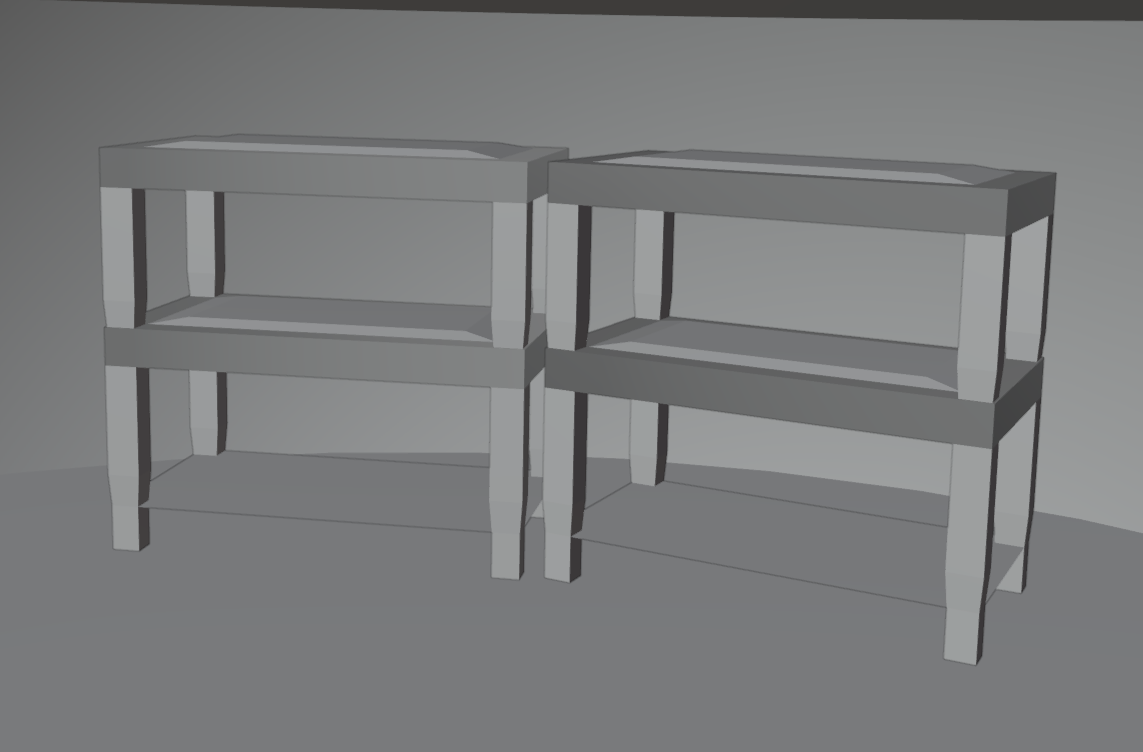Moon Camp Pioneers Gallery 2021-2022
In Moon Camp Pioneers each team’s mission is to 3D design a complete Moon Camp using Fusion 360. They also have to explain how they will use local resources, protect astronauts from the dangerous of space and describe the living and working facilities.
Team: Malalo
Tbilisi Public School #130 Tbilisi Georgia 15, 16 2 / 2
External viewer for 3d project
|
Project description
Our Moon Camp is called ‘Malalo Village, ‘one of the largest Moon Camps in the future. This place is modern, innovative, and technically developed. We give astronauts abilities and specially made technologies to produce food themselves, explore and use the lunar environment, and change their lifestyles. You could see a massive project of our moon camp where there is a huge wall. It is closed to protect our astronauts from the vacuum of space, meteorites, and radiation. We have decided to create the dwelling space inside this wall, the rooms are built-in. We have chosen the capsule style for the rooms and the interior is simple. Moreover, there are plantations, a dining hall, and a recycling building. The last one is semicircular form. The most important parts are the spaces where they could work and observe the space. Consequently, we make one big, circular-shaped laboratory and observation building. Outside the wall, there are two airdromes of departures, wind propellers, and solar panels which are used to get electricity and spent resources. This will be the beginning of a new innovative epoch for astronauts as they will live there with every opportunity, they will no longer need to return to Earth to replenish supplies or anything else. In short, a lot of interesting adventures await you that you will never forget. |
|||
|
2.1 Where do you want to build your Moon Camp?
The location of the moon base is important because many things – communications and useful resources depend on it. This is why a realistic location is near the south pole, where the Sun and Earth are constantly visible. The temperature is around 32 degrees Fahrenheit (0 Celsius). Also, there is a crater near Malapert Mountain which is useful for using lunar resources and getting relevant conditions. This place of the Moon is known for frequent wind storms and what we have said before – the Sun is visible. The Moon’s South Pole is the land of extreme light, extreme darkness, and frozen water. The harvested ice could also be used to fuel the rocket engine, allowing it to operate for more than five years on the lunar surface. So, we could use these benefits for our good. 2.2 How do you plan to build your Moon Camp? Describe the techniques, materials and your design choices.
First of all, every construction is built with thick walls because of the climate, micrometeorites, dust crashing onto the surface at high speeds, and blocking radiation. When we started to expand the base and building structures, we would use lunar concrete. It is difficult to transport a lot of different materials from the Earth to the Moon. This is one of the reasons why we should use local resources. Indigenous materials that have been proposed for lunar structures include lunar concrete, lunar steel, and other structural metals, sintered regolith, lunar glass, glass composites, and cast basalt. It is necessary to use modern technologies which must be transported from the Earth. It is one disadvantage, but when we talk about new life in a new place, there will be many difficulties. However, protection is not only materials, the design is significant. This is a reason why we have the idea of the wall and the capsule-shaped rooms which are built-in. The ‘roof’ of the village will be transparent, and thick, but astronauts could produce products. There will be tracks inside the village. The astronauts will have the opportunity to protect themselves. Everything should be simple, because of this we built a circular shaped laboratory, which is divided into two stories. The recycling building is for saving supplies and recycling different resources. Other designs are conventional. 2.3 The environment on the Moon is very dangerous for the astronauts. Explain how your Moon Camp will protect them. (maximum 150 words)
There is no atmosphere to protect its surface from the ravages of cosmic radiation, solar wind and micrometeorite impacts. Because of its lighter gravity and lack of air. As a result, the surface of the moon is covered with a thin layer of fine, charged, reactive dust capable of entering habitats, and vehicle compartments, where it can cause the health problems of crew members. Life on the moon would be very different for explorers than life on Earth. Our lunar camp is there to solve these problems. The base area is protected by a wall that completely covers the astronauts’ residence. The area has a supply of air, water, and food, all the necessary equipment needed to live on the moon.
|
|||
|
2.4 Explain how your Moon Camp will provide the astronauts with:
|
Water
|
Food
|
Power
|
Air
|
|
There are so many problems on the moon that we need to consider. Such is the supply of food, energy, water and air. One of them is water. |
We have planted plantations in the base where all the necessary food will grow. But Growing crops in lunar soil is not the only option. Other possibilities include hydroponics, or growing plants directly in water, and aeroponics, or growing plants using a nutrients infused mist. Other possibilities, the Vegetable Production System, known as Veggie, The Veg-PONDS-02 experiment, underway aboard the International Space Station, is testing a method to grow bigger plants in space. This new method uses units to produce, have more water holding capacity, provide a greater space for root growth, and are a completely passive system—meaning PONDS can provide air and water to crops without extra power. A biology experiment called BioNutrients is testing a way to use microorganisms to produce nutrients. These nutrient packets are meant to be long-lasting supplements for providing astronauts with food that may lose nutritional value for years-long missions. |
The sunlight is converted into electricity by lunar solar cells mounted on the lunar equator. We have installed solar panels that convert the sunlight into energy. We also have a windmill that we use to generate energy during lunar storms. Nuclear fission reactors have emerged as the best way to generate electricity in space. All of these resources are converted into energy at the processing plant. Resources on the moon are plentiful. The presence of platinum, silicon, iron, titanium, ammonia and water have even been confirmed on the moon. However, the only resource that is very rare on Earth but abundant on the Moon is Helium-3. So these natural resources will help us in getting energy and not only for that. |
Getting air on the moon may seem impossible at first glance, but of course there are several ways: The report suggests that electrolysis techniques could be used to extract oxygen from silicon, aluminum, iron and other minerals found on the moon. In this case oxygen is produced as a by- We will also have supplies from the earth that will be replenished several times a month. |
|
2.5 Explain what would be the main purpose of your Moon Camp.
The lunar base is a very innovative opportunity through which we will make many discoveries. This base has scientific purposes. The moon has a unique meaning for all cosmic uses. The moon is the nearest source of material located far away from earth’s gravity. Everything that can be made from the material of the moon, The greatest value of the moon is neither in science nor in research, but in its material. we’re talking about the possibility of extracting elements and minerals that can be recycled into fuel or massive components of spacecraft. Especially the production of oxygen, a major component of chemical rocket fuel. The lunar base will allow us to conduct space exploration and observe all of this closely. This will give NASA plenty of opportunities to discover and find new ways to evolve Earth, transform it into a better environment, and get to know the cosmos better.
|
|||
|
3.1 Describe a day on the Moon for your Moon Camp astronaut crew.
Astronauts Day will be about scientific experiments that require their participation, which will be controlled from space. They also participate in medical experiments to find out how well their body adapts to living in long space. A group of astronauts leave the base daily and travel to the infinity of space. The astronauts were divided into groups and selected the objects of study.
The remaining groups remained at the base for both coordination and base improvement. Astronautics is a very interesting profession, full of lots of extremes and adventures. Working at NASA and observing objects from here is already exciting and extreme. Compared to the past, working on all of this from Earth and flying a few times is already a huge development and success, but the base of the moon is rightly the new unique innovative opportunity that will bring us many discoveries and revolutionize NASA history. This beginning will show us great results very soon, so we have to wait for our astronauts and the results of their research, which I am sure will bring us great discoveries. This test base is our future. |
|||


